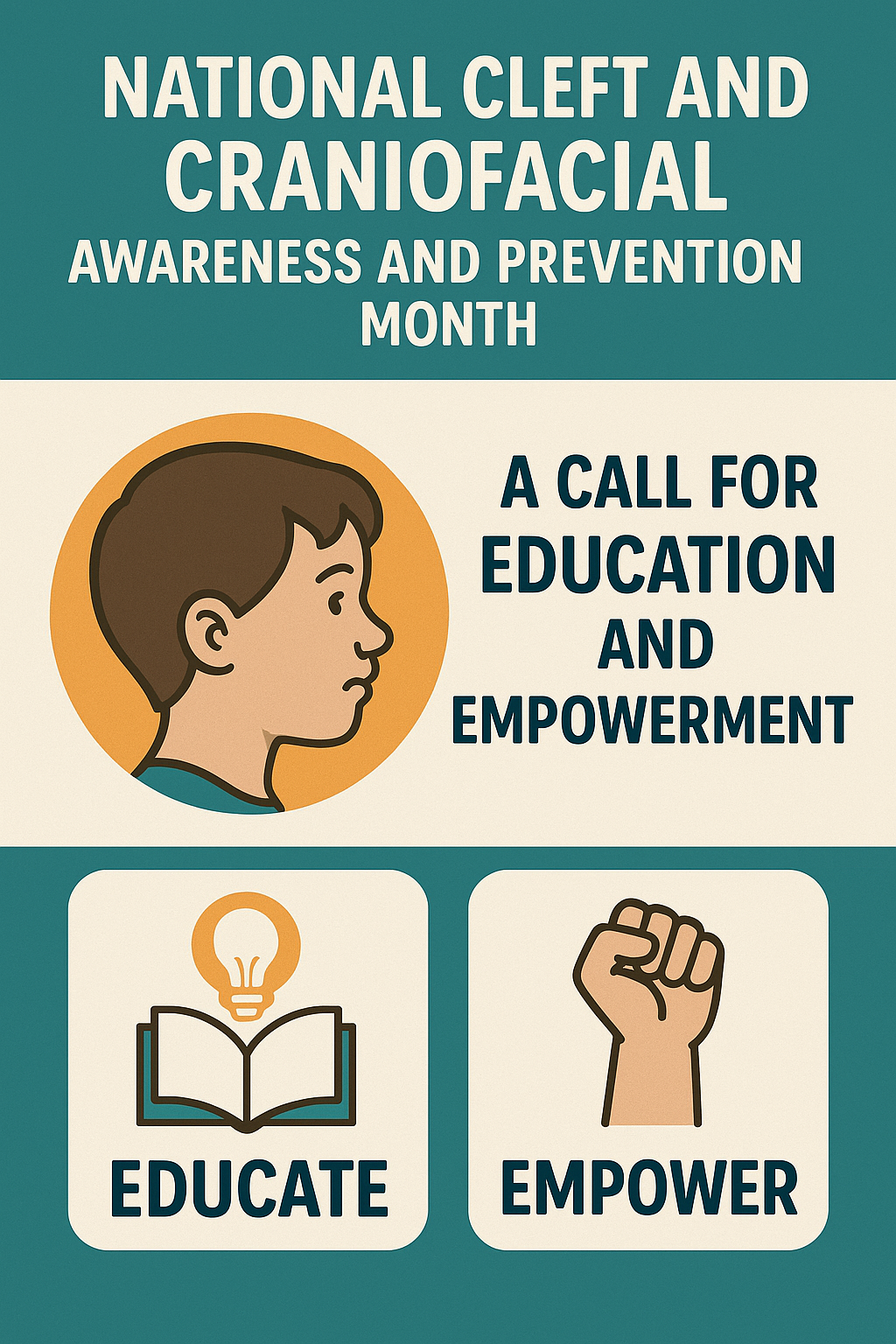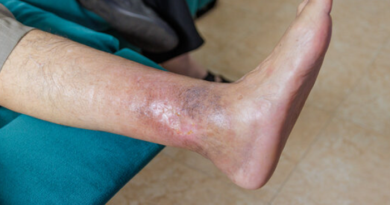National Cleft and Craniofacial Awareness and Prevention Month: A Call for Education and Empowerment
Every July, we observe National Cleft and Craniofacial Awareness and Prevention Month, a time dedicated to educating the public, supporting affected families, and promoting the importance of prevention and early intervention. This observance brings vital attention to individuals living with craniofacial conditions, including cleft lip and palate, some of the most common birth anomalies globally.
In this article, we’ll dive deep into what this awareness month means, current statistics, causes and treatments, and how you can get involved.
Table of Contents
Why July Is Important: Cleft and Craniofacial Awareness Month
The American Cleft Palate-Craniofacial Association (ACPA) and several other nonprofit organizations sponsor National Cleft and Craniofacial Awareness and Prevention Month. The goal is to:
- Raise awareness about craniofacial conditions
- Encourage understanding and empathy
- Promote early screening and prevention efforts
- Support scientific research for better treatment outcomes
July, therefore, is more than a summer month—it’s “July cleft awareness month,” when we come together to break stigmas and promote inclusion.
What Are Craniofacial Conditions?
Craniofacial conditions refer to abnormalities of the face and head, typically present at birth. These include:
- Cleft lip and/or palate
- Craniosynostosis
- Hemifacial microsomia
- Treacher Collins syndrome
- Other rare skull or facial abnormalities
These conditions may affect a child’s eating, breathing, hearing, and speaking ability.

Cleft and Craniofacial Condition Statistics
Below is a table outlining important statistics around craniofacial conditions, their occurrence, and treatment needs:
| Statistic | Data | Source |
| Babies born with cleft lip ± palate in the U.S. | 1 in 1,600 | CDC |
| Cleft palate only | 1 in 1,700 | CDC |
| Global birth prevalence of orofacial clefts | 1 in 700 | WHO |
| Average number of surgeries needed | 5–7 per child | ACPA |
| Speech therapy required | 70% of affected children | NIH |
These numbers highlight the importance of early intervention and continued support for affected families.
What Causes Cleft and Craniofacial Conditions?
While the exact causes may vary, a combination of genetic and environmental factors typically leads to these conditions.
Key risk factors:
- Genetics or family history
- Maternal smoking or alcohol use
- Nutritional deficiencies (like folic acid)
- Certain medications during pregnancy
- Exposure to harmful chemicals
Some causes can be mitigated through better prenatal care and prevention education, one of the key goals of National Cleft and Craniofacial Awareness Month.
Treatment and Support Options
Treatment usually involves a multidisciplinary approach with the help of:
- Pediatric surgeons
- ENT specialists
- Speech therapists
- Psychologists
- Social workers
Common treatments include:
- Surgical repairs (lip and palate)
- Speech therapy
- Hearing evaluations
- Orthodontic care
- Psychosocial support
Access to comprehensive care improves both functional and emotional outcomes for patients and families.
The Importance of Acceptance and Inclusion
Craniofacial awareness month isn’t just about medical facts—it’s about inclusion, acceptance, and understanding. Many individuals with facial differences face social stigma and bullying. This observance provides an opportunity to:
- Promote inclusive classrooms
- Celebrate diverse beauty standards
- Foster empathy in communities
You can support affected individuals by using positive language, educating others, and standing against discrimination.
How to Get Involved During National Cleft and Craniofacial Awareness Month
There are many meaningful ways to show support during craniofacial awareness month 2022, and now in 2025:
✅ What you can do:
- Wear blue and share on social media with hashtags like #CraniofacialAwareness, #CleftStrong, and #JulyCleftAwarenessMonth
- Donate to or volunteer with organisations like Smile Train or Operation Smile
- Attend local awareness events or virtual campaigns
- Share educational resources on your website or blog
- Connect with families to share their journeys and support systems
FAQ: National Cleft and Craniofacial Awareness Month
1. What is National Cleft and Craniofacial Awareness and Prevention Month?
It’s a July observance to raise awareness about facial birth defects like cleft lip/palate and to promote education and prevention.
2. Why is craniofacial awareness important?
Early intervention and public education help improve outcomes, reduce stigma, and create inclusive communities.
3. How can I help during craniofacial awareness month?
Support charities, raise awareness online, attend events, and advocate for inclusive policies.
4. Is there a specific ribbon color for craniofacial awareness?
Yes, many wear blue to show support during National Cleft and Craniofacial Awareness Month.





